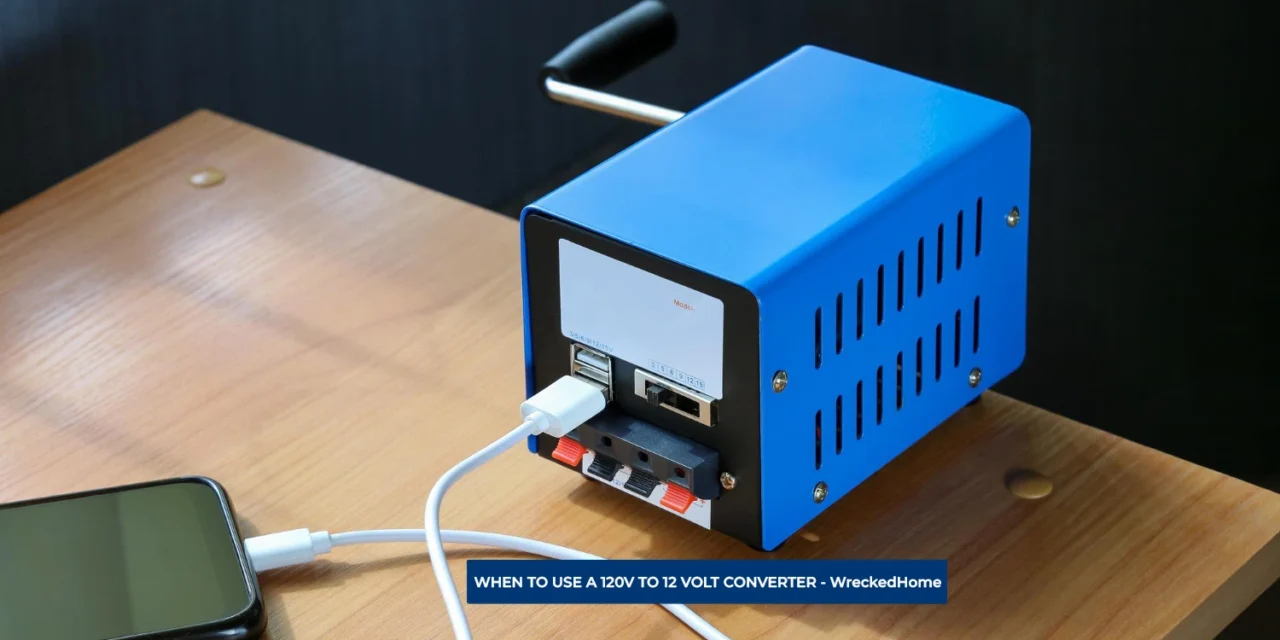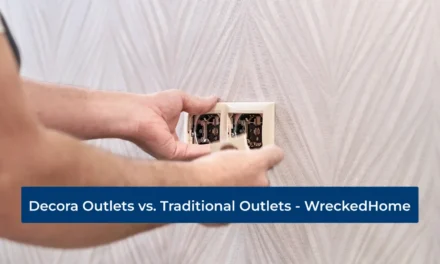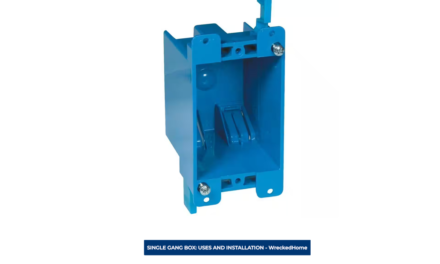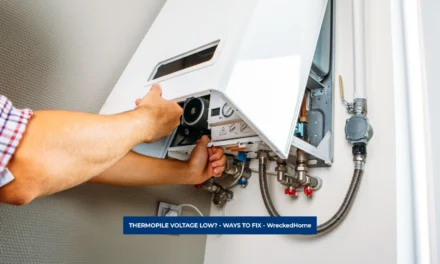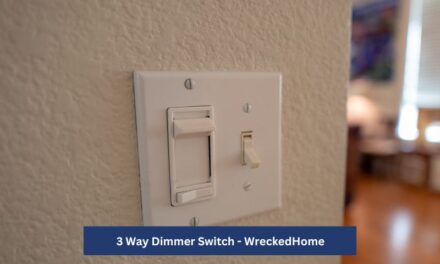120V to 12V converters play a pivotal role in transforming electrical voltage, which is particularly crucial in situations where lower power is required. The main function of these converters is to a lower voltage to 12 volts. There are several converters that serve the function of converting standard household voltage (120 volts in the United States) to a lower voltage of 12 volts.
Some of the common uses of this converter are in cars, trucks, and motorcycles. In numerous automotive scenarios, such as in cars, trucks, and motorcycles, 120V to 12V converters are indispensable.
They facilitate the integration of electronic devices and accessories such as GPS systems to mobile phone chargers to provide a source of power. Moreover, in the realm of recreational vehicles (RVs) and marine settings, where off-grid living is prevalent, you can use your electronic devices without any hassle. Make sure you use our energy efficient smart plug to further protect you home from electrical surges.
It’s time to delve into energy efficiency, safety, and the potential of innovation with these 120v to 12v converter. In the world of electronics, they are enablers of connectivity, mobility, and independent power solutions. Let’s explore their common applications, and the crucial considerations to ensure their effective use in diverse settings.
Basics of 120V to 12V Converters
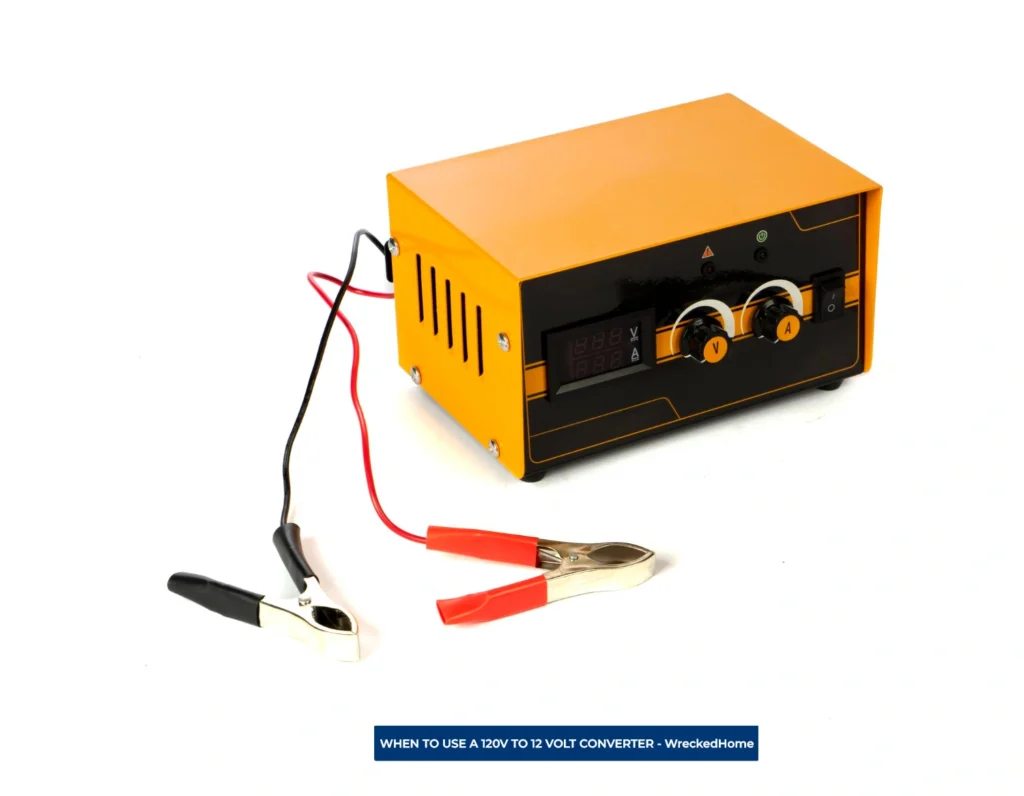
120V to 12V converters operate on the principle of electrical transformation, that are used to convert high voltage AC into low voltage DC. The process involves a series of electronic components and circuits that work in alternative ways to meet the electric needs according to device. By regulating voltage, these converters ensure a safe and suitable power source to run your applications smoothly.
Voltage Conversion Process
Now the basic part of this converter is transformation of voltage through components like transformers and rectifiers. Transformers modify the voltage level, while rectifiers convert AC to DC, in result of this the device to get the 12v. This fundamental mechanism is the backbone of their functionality and enables devices to get the electric requirements. This is basics when it comes to the 120V to 12V converter.
Types Available: AC to DC Converters
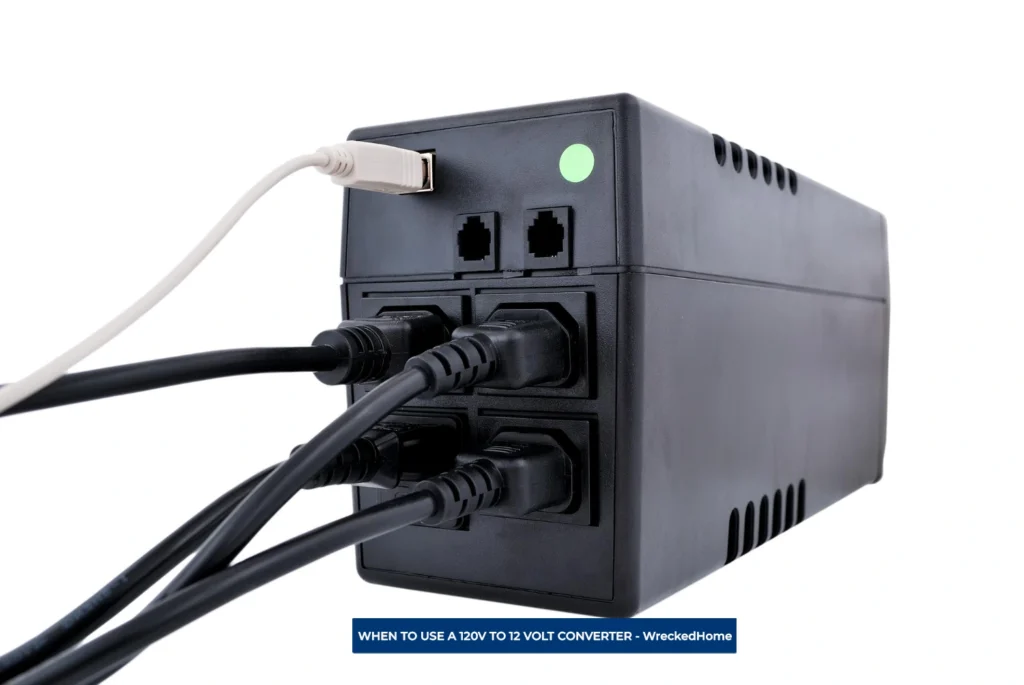
Distinction between alternating current (AC) and direct current (DC) ensure converters specifically handle the conversion process.
1. Single-Stage Converters
In the realm of AC to DC converters (120V to 12V Converter), Single-Stage Converters play a pivotal role by single step conversion of AC to DC. These converters efficiently transform alternating current (AC) to direct current (DC) without passing the several stages and steps.
It is ideal for applications where simplicity and straightforward conversion is top priority. Single-Stage Converters find utility in scenarios where precision and control requirements are not as demanding offer a valuable basic need of power house.
2. Multi-Stage Converters
On the other hand, there are Multi-Stage Converters that are controlled and have a more sophisticated approach to AC to DC conversion. As it consists on more than one stags that offer enhanced precision and control over the conversion process.
This complexity allows for finer adjustments in managing power output that boosts the reliability and performance. The versatility of Multi-Stage Converters caters to systems that demand power management and offer user satisfactory performance.
By understanding the fundamental workings and the various types of 120V to 12V converters you can ensure the proper functionality of applications. This knowledge serves as a foundation for exploring the diverse applications and functionalities in the world of converters.
Common Applications
There are numerous uses of the 120v to 12v converter. The main focus of the converter is to provide smooth and reliable functioning of devices. Some of the common applications of 120v to 12v converter in this regard are
- Integration of Electronics: In the automotive realm, 120V to 12V converters are integral to operate gadgets such as GPS systems, dash cams, and mobile phone chargers.
- Enhanced Connectivity: The automotive applications converters contribute to auxiliary lighting, converters play a crucial role in enhancing vehicle functionality.
- Enabling Off-Grid Living: In the realm of recreational vehicles (RVs) and marine settings, 120V to 12V converters embracing off-grid living in environments where traditional power sources may be limited.
- Sustainable Energy Solutions: The ability to convert power efficiently enables individuals to rely on alternative energy sources as sustainable energy solutions in RVs and marine vessels.
- Addressing Power Challenges: From refrigeration to lighting, converters play role in overcoming specific challenges and enhance the overall comfort of living off the grid.
Understanding the diverse applications of 120V to 12V converters, you can enjoy the automotive convenience and illuminates their versatility and importance across various contexts
Visit our store for 10% off our Tools here.
5 Tips for Choosing the Right 120V to 12V Converter
Choosing the right 120V to 12V converter is an important decision to get the optimal performance and safety in electronic devices. If you are looking to choose the best converter then follow these five essential tips to guide you through the selection process:
- Tip 1: Assess Wattage Requirements: Begin the final choice of your converter by assessing the power needs of your devices. Once you are clear in wattage requirements, it’s important to know the power consumption of your electronic devices. So, choose one that meet with an output wattage that aligns with these requirements. If this is too technical for you, please hire a professional to answer all of your questions. Find a Pro Near You Here!
- Tip 2: Consider Input and Output Voltage: Matching the input and output voltage of the converter is essential with respect to your devices. In this way the compatibility ensures there is no damage. Before making a choice, verify the voltage specifications of both the converter and your device. These voltage parameters guarantee a seamless and safe conversion process.
- Tip 3: Quality and Reliability: Try to pick your converter from reputable manufacturers to prioritize quality and reliability. Quality components and construction contribute to the longevity of the converter and ensure reliability that can prevent future issues.
- Tip 4: Compatibility with Device Type: Consider the nature of your electronic device when you are going to select your converter. Different devices have varying power requirements, and different power hunger. Understanding the specific needs of your device type ensures that your chosen converter is right one.
- Tip 5: Portability and Form Factor: Practical considerations, such as portability and form are factors to consider in your use case. In this, opt for a converter that aligns with these requirements. Compact and portable converters may be preferable for users on the go or those with limited space availability.
By following these tips, you can make an informed decision in selection of converter for your devices. You need to ensure compatibility, safety, and optimal performance for your electronic devices.
Alternatives for High-Power Appliances
Before diving into alternatives, power solutions for high-demand appliances assess the specific wattage requirements and compatibility of your devices is paramount. By understanding alternative power sources that offer efficiency, flexibility, and precision for high-power appliances ensure your power supply strategy.
- Direct Power Sources: For high-power appliances, try to have direct power that involves connecting appliances directly to a power source without the need for intermediary conversion. This approach, often utilizing dedicated circuits or outlets that eliminate the complexities associated with conversion processes, providing a practical solution for powering high-demand appliances.
- Power Inverters for High-Wattage Devices: Power inverters present a viable solution for high-wattage devices by converting 12V DC power that offers flexibility, especially in environments where direct power sources may be limited. Power inverters act as a bridge between DC power and the requirements of high-wattage appliances, to provided easy and reliable solution.
- Hybrid Systems: Hybrid power systems combine the capabilities of converters with alternative energy sources for adaptability and sustainability. The integration of this system allows both conventional power conversion and alternative energy solutions. Hybrid systems offer a comprehensive and balanced approach to meet the requirements of high-power appliances.
Conclusion
In conclusion, the versatility and significance of 120V to 12V becomes evident that they are not just electrical devices but enablers of connectivity, mobility, and sustainable energy solutions.
Understanding when and how to use these converters is crucial for use of electronics in vehicles, powering household devices, or embarking on DIY projects.
Their role extends beyond mere voltage transformation; to meet the power need efficiently. However, it’s equally important to recognize their limitations and know when alternative solutions are more appropriate to ensure the secure operation of these devices.
120V to 12V converters are known as reliable power sources in today’s world.
For any repairs, installations, builds, or questions; We recommend you to hire a professional. Find A Pro Near You Here!
FAQs
What is the difference between 12V and 120V?
The primary distinction between these converters lies in voltage levels. 12V is considered low voltage and is achieved by stepping down, converting standard 110/120V high voltage into 12V that is attainable with transformer. On the other hand, 120V is known as high voltage or line voltage that shows the threshold voltage value in the range of 110V to 130V.
Can you use 120V on 12V?
Yes, any 120V fixture can be modified to run on 12V to meet the need of energy. The key is transforming the high voltage to low voltage for smooth working or appliances. While finding 12V lights with Edison bases may be more challenging and 120V wire can function adequately on 12V.
How do I know if my light is 12V or 120V?
To know the nature of light examine light with three wires (hot, neutral, and ground). 120V will have black, white, and green wires. If it has only one wire (hot) grounded through mounting hardware or two wires (hot and neutral), then it is red and black light. It’s necessary to know how to wire a switch correctly.
What happens if you use a 12V bulb in a 120V socket?
Using a 12V bulb in a 120V socket results in lower lumens output, that show low brightness in low temperature. Conversely, attempting to use a 120V bulb in a 12V fixture will prevent the bulb from turning on and save it from damaging.

